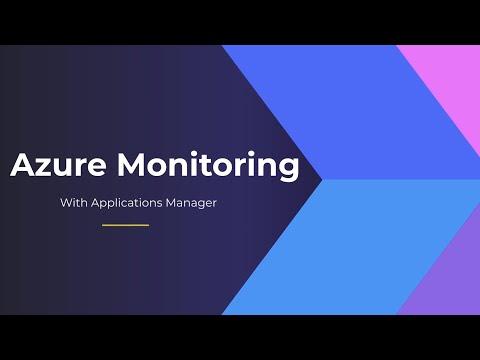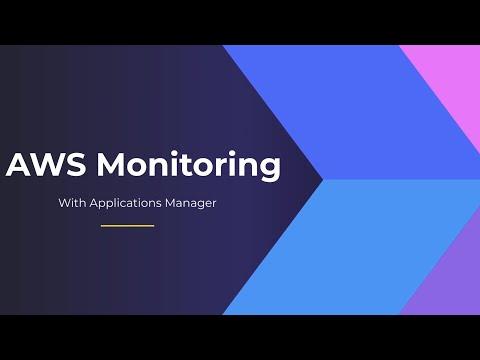Network operations teams are trying to establish partnerships with DevOps teams, but the process isn't easy.
The DevOps team tends to focus on the deployment and quality of applications while the network operations team focuses on network monitoring and management. While the two groups have different priorities, they see opportunities to help each other.
In its recently published Network Management Megatrends 2022 research report, Enterprise Management Associates (EMA) found that 93% of companies with a DevOps group have aligned or plan to align it closely with their network operations group. In fact, 38% expect these two groups to merge into a single unit. Another 55% expect them to establish formalized partnerships with deep collaboration.
"Our network monitoring team has team members who attend all DevOps meetings," said an IT operations manager for one of the world's largest government agencies. "It's going okay. The network monitoring team is always hammering the DevOps team, telling them they need to set up more monitoring. It goes over to varying degrees of success. DevOps always says, ‘We have customers to deal with. This can wait.' It's not at the top of their list."
Collaboration Opportunities for NetOps and DevOps
EMA's Megatrends report, based on a survey of 409 IT professionals, found three important areas of collaboration for network and DevOps groups.
1. Security policy design/implementation (51%). Network operations professionals have often told EMA that they find DevOps and CloudOps professionals to be less sophisticated with security policies. This leads to vulnerabilities and compliance violations that undermine application rollouts. A strong partnership allows the network operations team to bring its security expertise to the table and set up DevOps for success.
2. Application optimization/fail-fast iteration (42%). DevOps teams often optimize applications through a fail-fast approach, which encourages rapid iterations of application deployments where failure is expected and used as an opportunity to improve overall application design. This process requires good observability capabilities. It can also have significant impact on the network. One network engineer once told me that his DevOps team rolled out an application that was initially so inefficient in how it maintained a cache of directory information that it brought down the network every morning. He had to use packet analysis to get to the root of the problem. On the bright side, his discovery of the problem helped the DevOps team to optimize the application.
3. Network capacity planning (41%). Network operations teams need to know how the network will be used in the future to optimize network capacity. They usually do this by analyzing trends in their network monitoring tools. However, a closer relationship with DevOps could provide them more insight into how a company's application portfolio is going to evolve over time.
EMA's research found secondary interest in collaboration around application planning and design (36%) and operational monitoring (36%). Members of DevOps teams in EMA's survey were especially interested in monitoring collaboration, suggesting that the network monitoring toolset can improve overall observability for the DevOps team.
Roadblocks to Partnerships
Nothing is ever easy. And building network operations and DevOps partnerships is no exception. The Megatrends research identify five key challenges to bringing these two groups together.
1. Cross-team skills gaps (41%). These groups work with different technologies and use different tools to manage those technologies. In many cases, they is very little overlap in specialized skills. As a network security architect with a large bank told me: "They only come together when it's a proven need, and it's out of necessity due to there not being a ton of cross-training. The traditional network guys don't know a lot about the cloud."
2. Lack of tool integration (37%). Tool integrations are essential to breaking down silos. By sharing data and reports across tools, DevOps and network operations can start to understand each other's worlds and make decisions together.
3. Budget limitations (34%). Money makes the world go around. It takes money to train people, integrate tools, and devote time to building out processes for collaboration.
4. Lack of best practices and policies (33%). Many IT organizations rely on industry standard best practices to establish policies, procedures, and tooling. Such best practices are slow to establish standards in new territory, such as collaboration between these two groups. It's unknown territory for many industry experts.
5. Divided technology leadership (33%). This last issue is a tricky one. Basically, a third of research respondents told us that the DevOps team does not report up to a traditional CIO's office like network operations does. It is difficult to steer a ship with two captains. Collaboration between these silos will require collaboration at the executive level, too.
Build These Partnerships Today
Some naysayers may be unconvinced about the value of this collaboration. EMA research disagrees. In our analysis of survey data, we found that successful network operations teams are the most likely to completely erase silos between DevOps and network operations. Unsuccessful teams tend to keep more daylight between these groups. EMA believes that deep partnerships between these groups is a potential best practice moving forward.
The Latest
A vast majority (89%) of organizations have rapidly expanded their technology in the past few years and three quarters (76%) say it's brought with it increased "chaos" that they have to manage, according to Situation Report 2024: Managing Technology Chaos from Software AG ...
In 2024 the number one challenge facing IT teams is a lack of skilled workers, and many are turning to automation as an answer, according to IT Trends: 2024 Industry Report ...
Organizations are continuing to embrace multicloud environments and cloud-native architectures to enable rapid transformation and deliver secure innovation. However, despite the speed, scale, and agility enabled by these modern cloud ecosystems, organizations are struggling to manage the explosion of data they create, according to The state of observability 2024: Overcoming complexity through AI-driven analytics and automation strategies, a report from Dynatrace ...
Organizations recognize the value of observability, but only 10% of them are actually practicing full observability of their applications and infrastructure. This is among the key findings from the recently completed Logz.io 2024 Observability Pulse Survey and Report ...
Businesses must adopt a comprehensive Internet Performance Monitoring (IPM) strategy, says Enterprise Management Associates (EMA), a leading IT analyst research firm. This strategy is crucial to bridge the significant observability gap within today's complex IT infrastructures. The recommendation is particularly timely, given that 99% of enterprises are expanding their use of the Internet as a primary connectivity conduit while facing challenges due to the inefficiency of multiple, disjointed monitoring tools, according to Modern Enterprises Must Boost Observability with Internet Performance Monitoring, a new report from EMA and Catchpoint ...
Choosing the right approach is critical with cloud monitoring in hybrid environments. Otherwise, you may drive up costs with features you don’t need and risk diminishing the visibility of your on-premises IT ...
Consumers ranked the marketing strategies and missteps that most significantly impact brand trust, which 73% say is their biggest motivator to share first-party data, according to The Rules of the Marketing Game, a 2023 report from Pantheon ...
Digital experience monitoring is the practice of monitoring and analyzing the complete digital user journey of your applications, websites, APIs, and other digital services. It involves tracking the performance of your web application from the perspective of the end user, providing detailed insights on user experience, app performance, and customer satisfaction ...
Enterprises are experiencing a 13% year-over-year increase in customer-facing incidents, reflecting rising levels of complexity and risk as businesses drive operational transformation at scale, according to the 2024 State of Digital Operations study from PagerDuty ...





